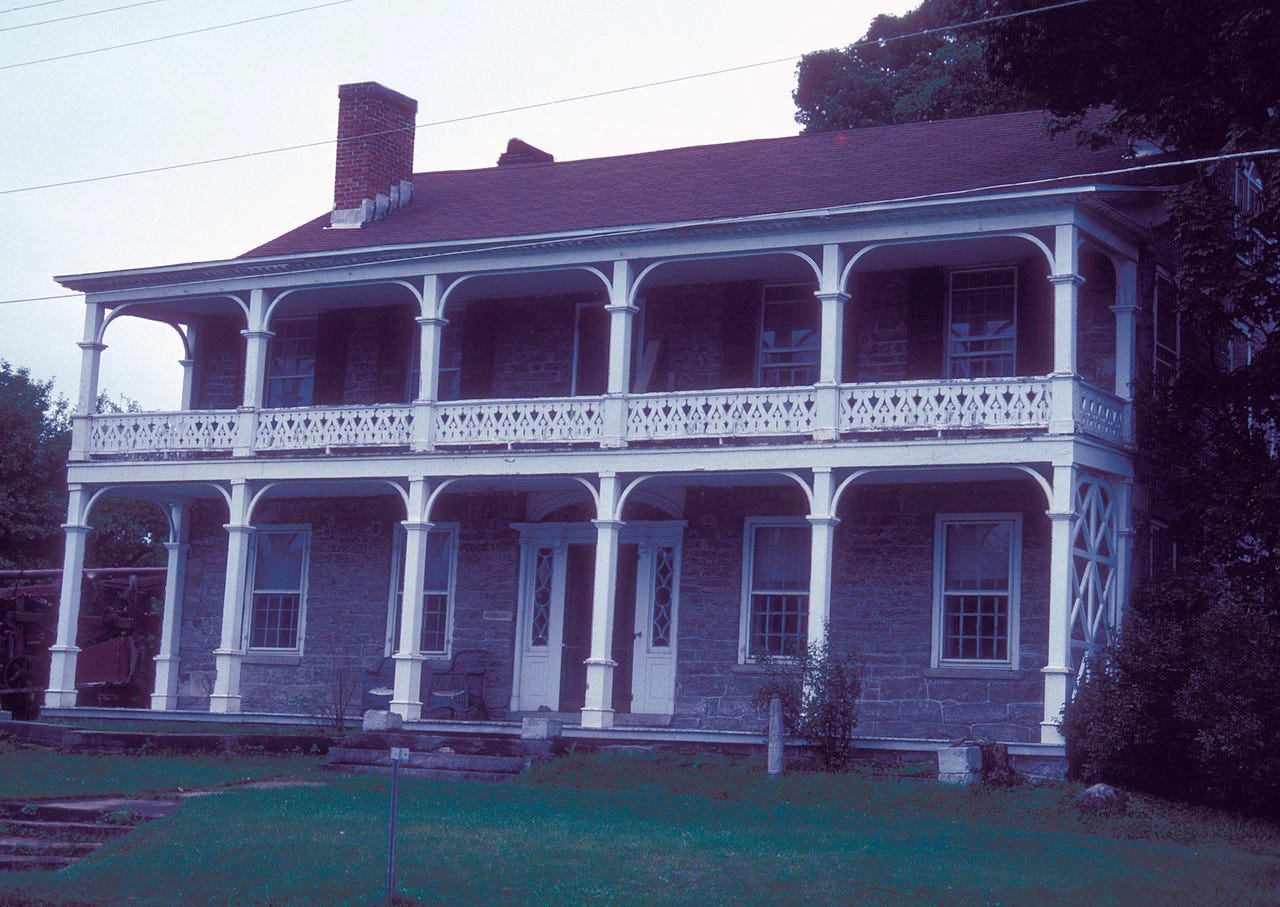The Close Read: Missing in Memoir 2
Mind the Gap

Edmund Wilson had just returned from a visit to “The Old Stone House” in upstate New York, and he was feeling, in 1932, nostalgic and melancholic. He had been almost from the start.
As I go north for the first time in years in the slow, the constantly stopping, milk train, which carries passengers only in the back part of the hind car and has an old stove to heat
it in winter, I look out through the dirt-yellowed double pane and remember how once, as a child, I had felt thwarted till I had gotten the windows up so that there should be nothing between me and the widening pastures . . . .
….
Rivers stony and thin, or deeper and dark—where do they go.? I used to love to follow them—should still.
Born in New Jersey, Wilson lived then in Manhattan, and he had by then, too, been long away from the house in Talcottville, New York, where h…
Keep reading with a 7-day free trial
Subscribe to Homo Vitruvius by A. Jay Adler to keep reading this post and get 7 days of free access to the full post archives.


